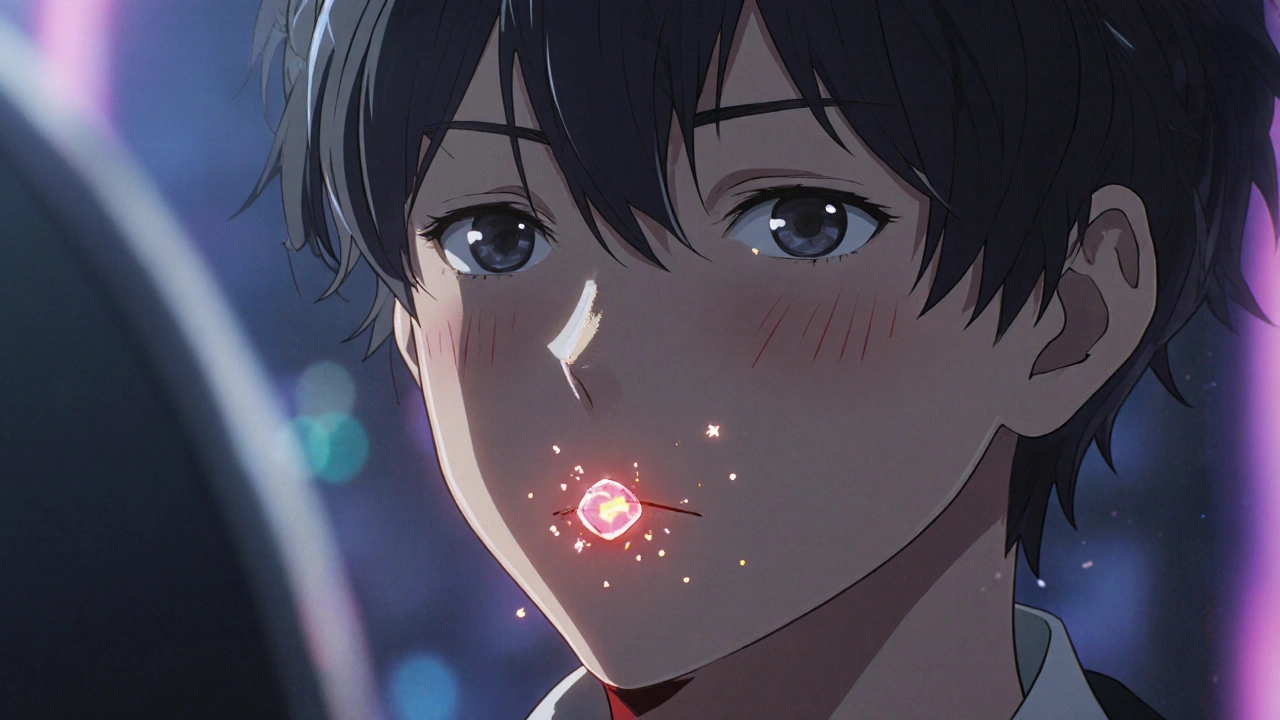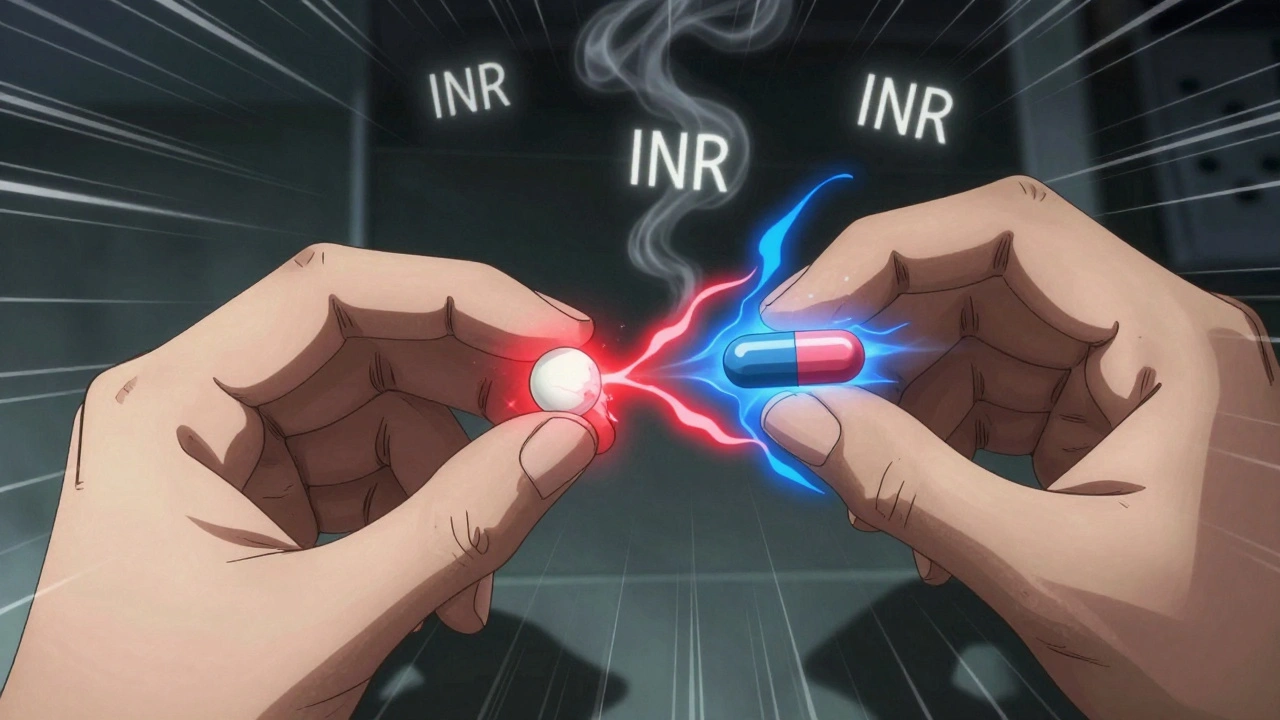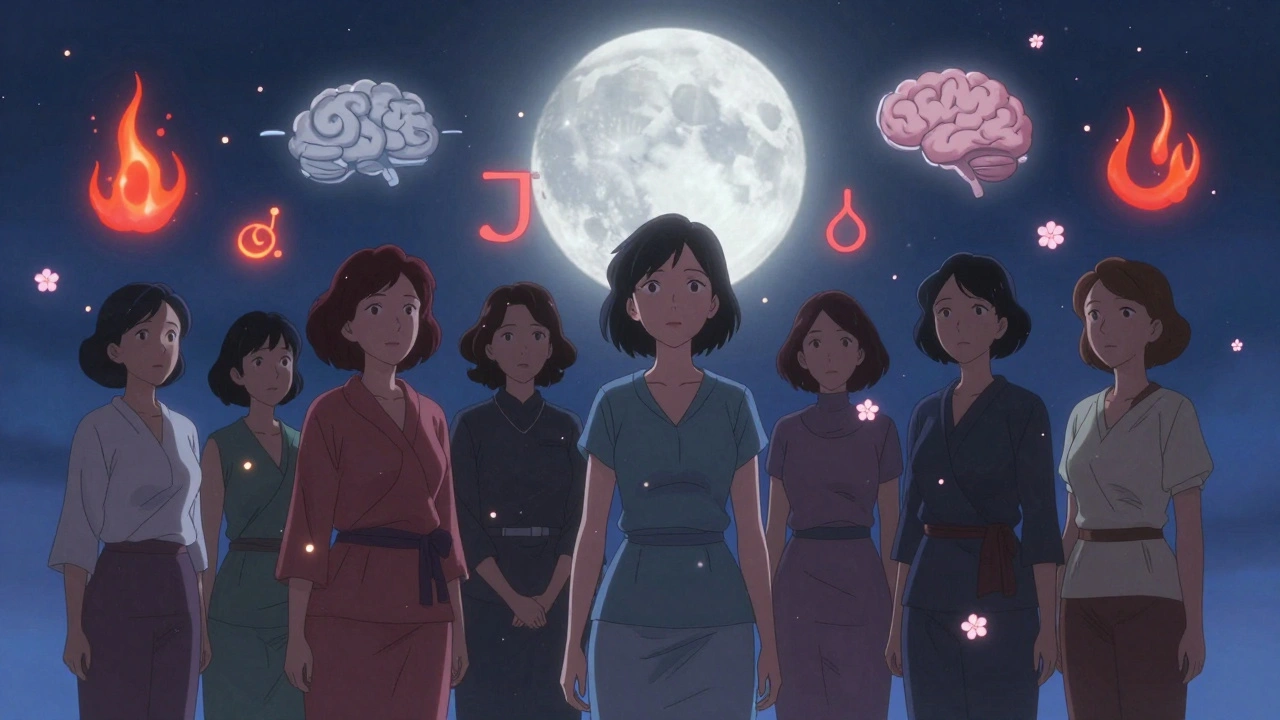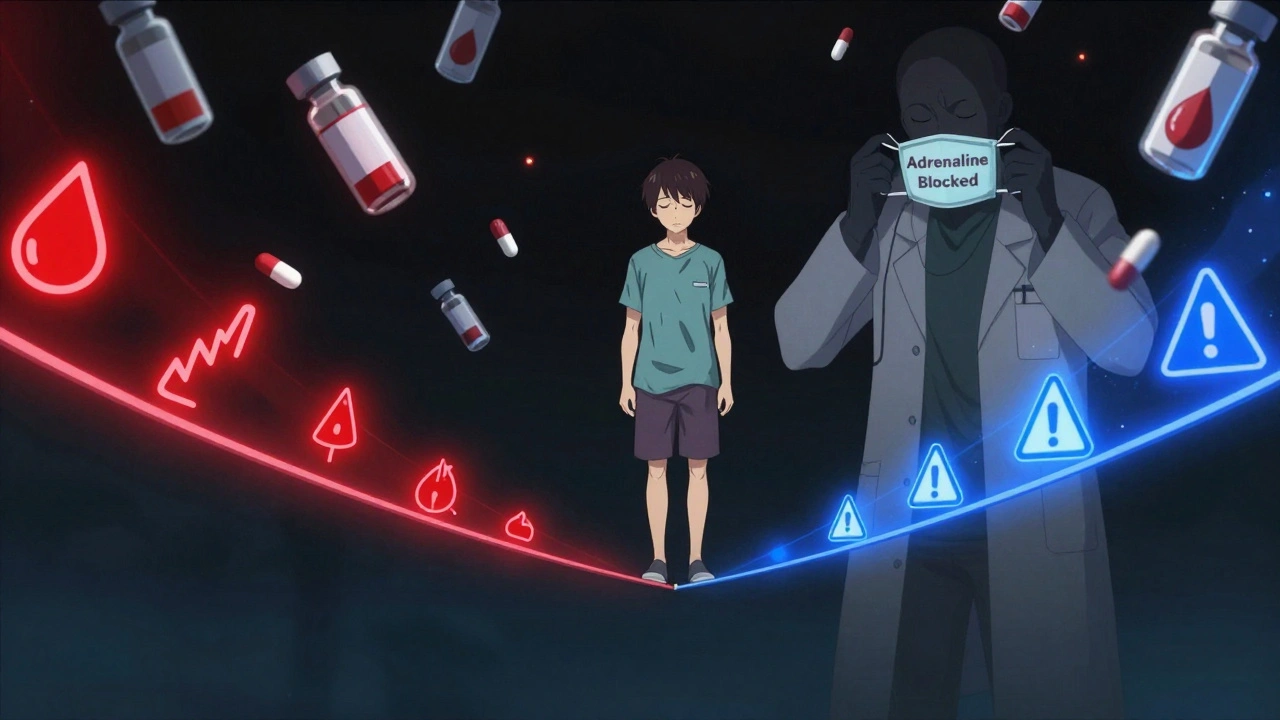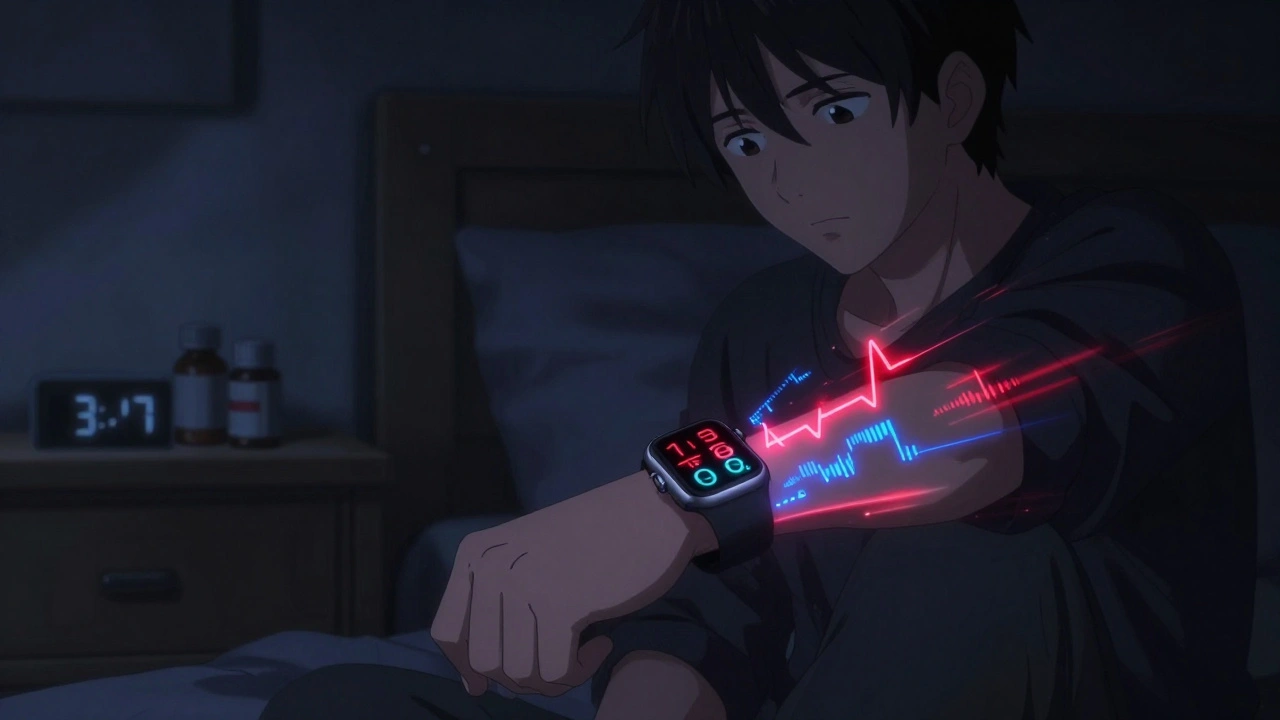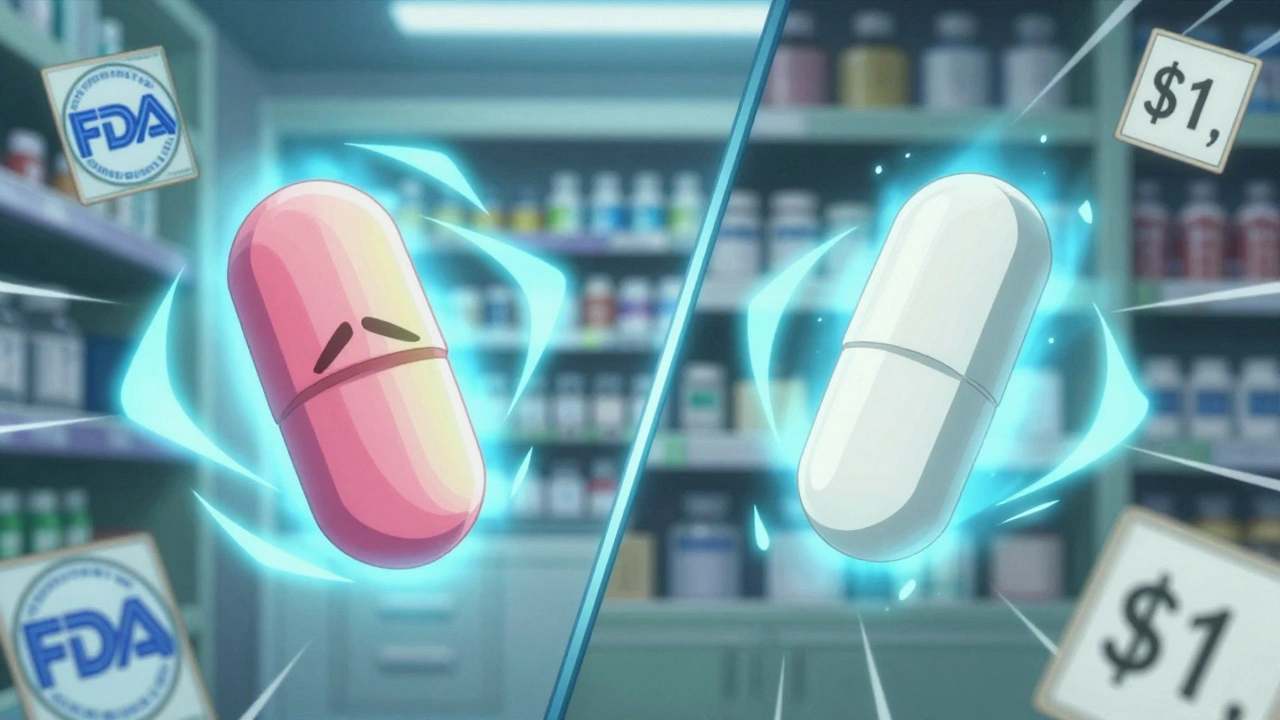Acne Treatment: Effective Options, Common Mistakes, and What Really Works
When it comes to acne treatment, a range of medical and topical approaches used to reduce breakouts and prevent scarring. Also known as acne therapy, it’s not just about washing your face more often—it’s about understanding what’s actually causing the pimples and how to stop them without wrecking your skin. Most people try scrubbing harder, buying expensive creams, or waiting it out. But acne isn’t just a teen problem. It affects adults too, often because of hormones, stress, or even the wrong skincare products.
Doxycycline, an antibiotic commonly prescribed for moderate to severe inflammatory acne. Also known as Doxt-SL, it’s one of the most used oral treatments because it cuts down bacteria and inflammation fast. But it’s not a magic bullet. Long-term use can lead to resistance, upset stomach, or sun sensitivity. That’s why many doctors now pair it with topical treatments like benzoyl peroxide or retinoids—so you don’t rely on antibiotics alone. Topical treatments like adapalene or tretinoin work by unclogging pores and speeding up skin turnover. They take weeks to show results, but they’re safer for long-term use than antibiotics. And yes, over-the-counter options like salicylic acid or sulfur can help mild cases, but they won’t touch deep cysts or hormonal breakouts.
What most acne treatment guides skip is the role of diet, sleep, and stress. Studies show high-glycemic foods and dairy can trigger breakouts in some people. Poor sleep raises cortisol, which spikes oil production. And don’t forget: picking at pimples doesn’t just cause scars—it spreads bacteria. Simple habits like washing your pillowcase twice a week, avoiding heavy makeup, and using non-comedogenic sunscreen make a bigger difference than most people think.
There’s no one-size-fits-all fix. What works for your friend might do nothing for you. That’s why the best acne treatment starts with knowing your skin type, tracking what triggers your breakouts, and being patient. Some people need a short course of antibiotics. Others need hormonal therapy, like birth control or spironolactone. A few need isotretinoin for stubborn, scarring acne. The key is working with a provider who understands your whole picture—not just your face.
Below, you’ll find real comparisons and guides on acne treatments that actually get results—whether it’s antibiotics like doxycycline, how to avoid common mistakes, or what to do when nothing seems to work. No hype. No product pushes. Just what the evidence says and how to use it.
Cold Sores vs. Pimples: How to Tell Them Apart and Treat Them Right
Cold sores and pimples look similar but are totally different. Learn how to tell them apart by location, sensation, and appearance-and what treatments actually work for each.

